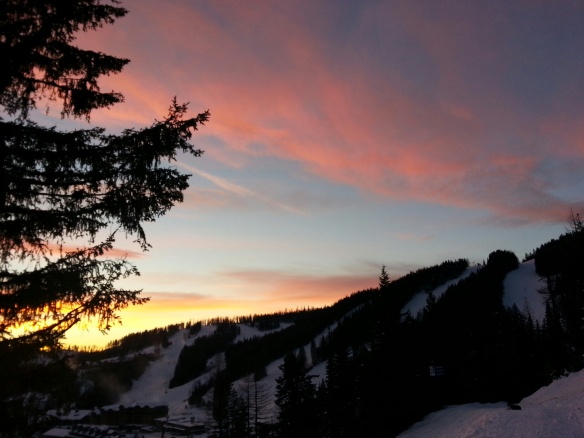

The glaciers in Glacier National Park have been shrinking since about 1850, the end of the Little Ice Age. When the area was established as a national park in 1910, there were 150 glaciers. Today, there are 25, and these are expected to disappear entirely by 2030.
Glaciers have been present in this landscape for 7,000 years, so we are witnessing the end of an ecological era.
As someone who has lived near the park and hiked its trails for 25 years, this prospect causes a lurch in my gut. Two USGS scientists, Dan Fagre and Lisa McKeon, created an exhibit about the disappearing glaciers called “Losing a Legacy.” That name captures the sadness many feel about the extinction of these ice fields. But, as depressing as the idea of a Glacier-Less National Park is, that is only the beginning.
As a park naturalist explained, once the glaciers are gone, the entire ecosystem will change. The bright turquoise color of glacial lakes, caused by light reflecting off the silt, or “glacial flour,” created as the glaciers grind against the rock, will eventually fade once the supply of silt dwindles. Without a constant flow of water from glaciers through the summer, vegetation will change, including those gorgeous green subalpine meadows filled with wildflowers. As the vegetation changes, wildlife will change its patterns and follow its food sources. Forests will become drier, and more frequent and more intense wildfires are expected.
No one knows what Glacier National Park will look like in 50 years, or 100. But Fagre and McKeon of the USGS have done a great job capturing what the change of the past 100 years looks like. The images above from their web site (http://www.nrmsc.usgs.gov/repeatphoto/overview.htm) look down on one of my favorite hiking destinations, Grinnell Glacier.
Below are photos I took at Grinnell Glacier in 2009. They show a ground-level view of the ice-melt lake, the glacier, and the striated rocks visible in the 2012 photo above.

Grinnell Glacier and ice-melt lake 2009

Striated rocks where Grinnell Glacier has receded, 2009


















